For kitchen professionals and culinary enthusiasts, the pursuit of perfect bread is an ongoing journey. At the heart of this endeavor lies the artisan bread baking stonea pivotal tool in achieving that coveted crust and crumb. This article delves deep into the art of using a baking stone, uncovering techniques and tips tailored for the discerning professional.
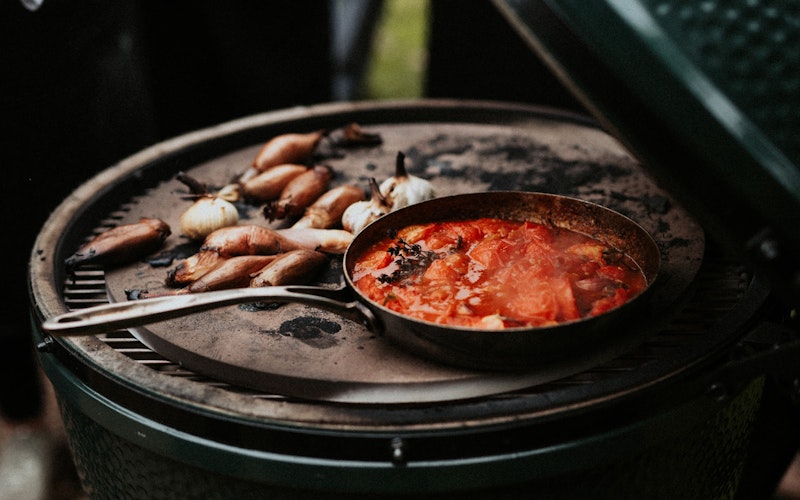
Why The Baking Stone is Essential
A baking stone is indispensable for anyone serious about bread making. Its ability to mimic a traditional bread oven is invaluable. The primary advantage? Consistent, even heat transfer that turns ordinary dough into extraordinary bread.
Understanding the Thermodynamics
The key to a baking stones efficacy is in its conductivity. How does one achieve this? By optimal heat retention and utilization. Similar to mastering cast iron heating techniques, understanding this process is crucial.
Mastering Techniques for the Perfect Crust
A crisp, springy crust is the hallmark of great artisan bread. The baking stone can transform your loaves, providing the essential heat needed for crust formation. It's about creating the right environment, similar to crafting sourdough perfection on a stone.
Humidity and Its Role
The balance of humidity can either make or break a loaf. Steam within the oven at baking onset is crucial, ensuring the crust's development aligns perfectly with internal expansiona technique fine-tuned just like seasoning cast iron.
Choosing and Caring for Your Baking Stone
Selecting the right baking stone involves considering material, thickness, and size. Each plays a part in performance. Maintenance, too, is non-negotiableensure durability and efficacy akin to caring for cast irons.
Maintenance Meets Mastery
Ensuring your stone remains free of debris and moisture is vital. Techniques go hand in hand with the care practices of other culinary tools, much like routinely checking when to replace grill parts.
Integrating with Modern Baking Practices
Today's kitchen sees a marriage of traditional methods with technological advancements. Embrace these by incorporating tools that enhance the functionality of the baking stoneeach an innovation that complements your craft, even as you employ a typical baking routine.
Technological Aids
Advanced ovens and temperature apps are steadily revolutionizing the baking domain. Yet, the timelessness of the baking stone remains untouched, allowing bakers to blend time-honored skill and technology seamlessly.
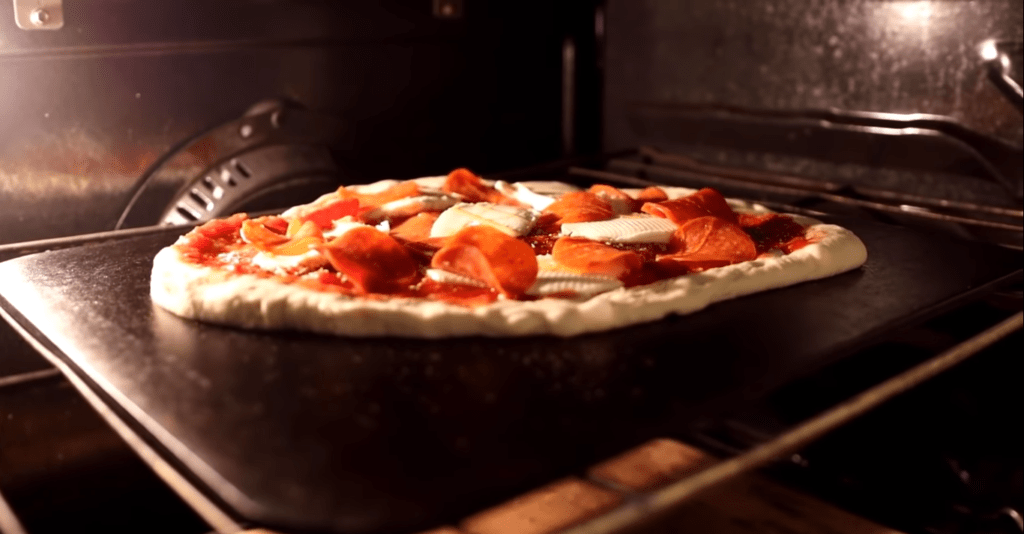
FAQs About Artisan Bread and Baking Stones
-
What is the best thickness for a baking stone?
A baking stone with a thickness of 1/2 to 1 inch is generally preferred because it offers optimal heat retention.
-
Can I use a baking stone for pizzas?
Absolutely! In fact, it's recommended for creating authentic, crisp crusts similar to traditional pizza ovens. For more on this, check the perfect pizza guide.
-
How do I clean my baking stone?
Avoid soap to prevent any lingering residue that may affect taste. Instead, a brush or scraper can help remove baked-on food bits efficiently.
This article contains affiliate links. We may earn a commission at no extra cost to you.

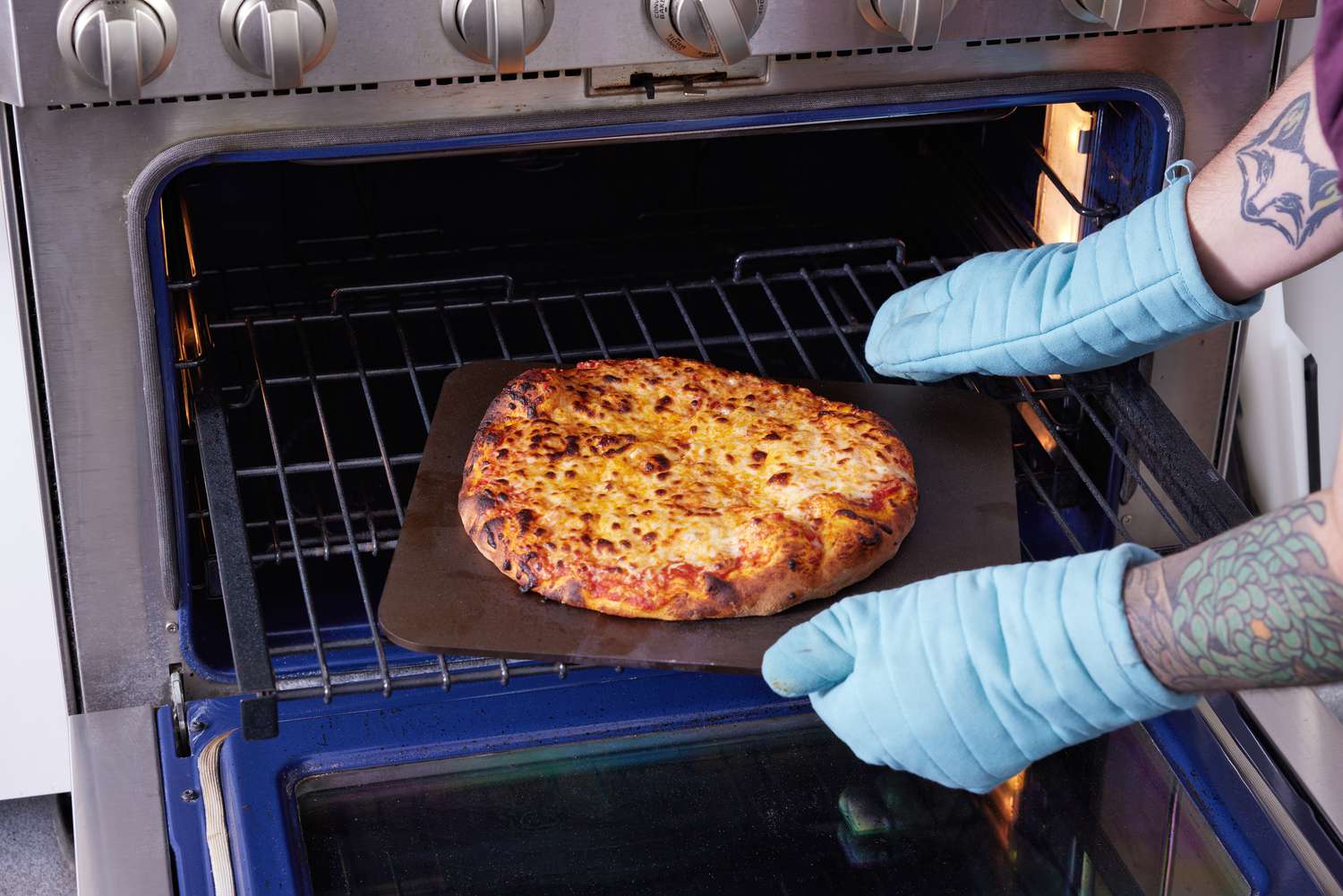


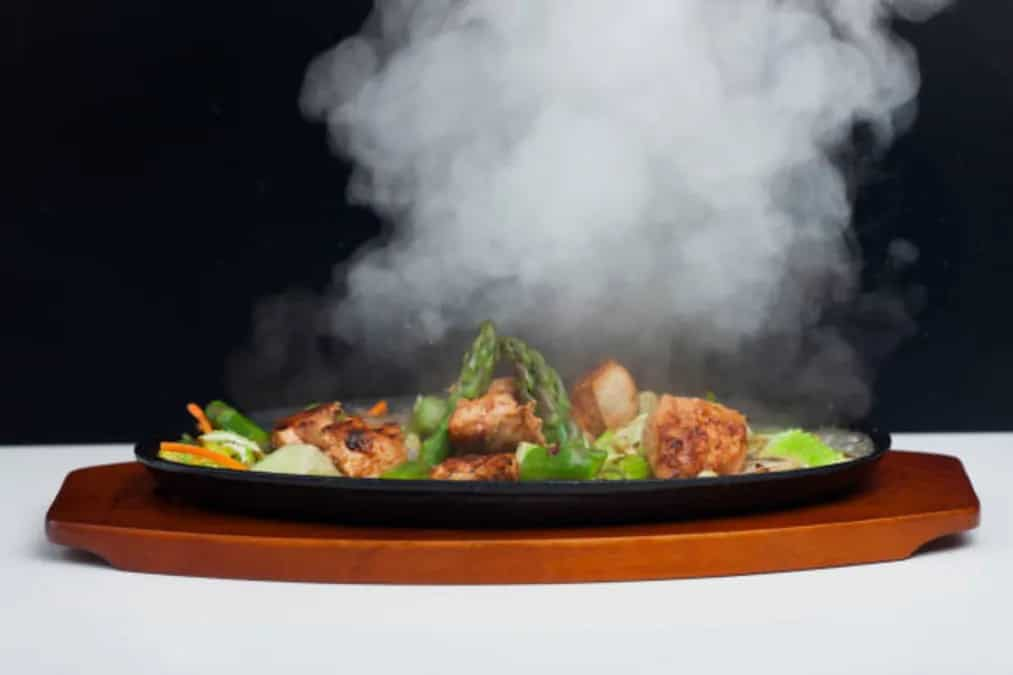
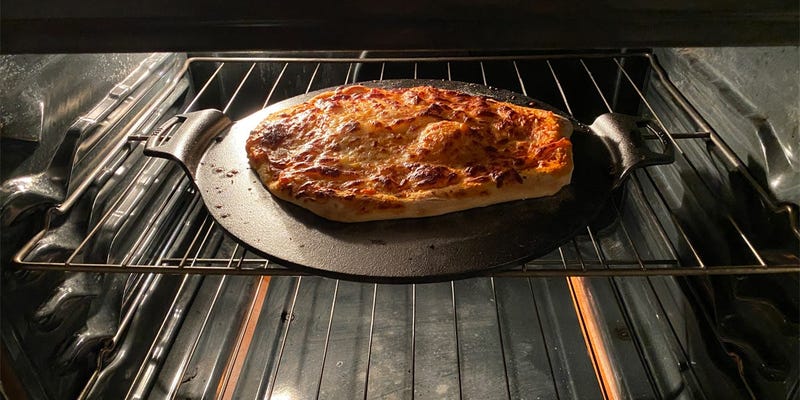
Leave a comment
This site is protected by hCaptcha and the hCaptcha Privacy Policy and Terms of Service apply.